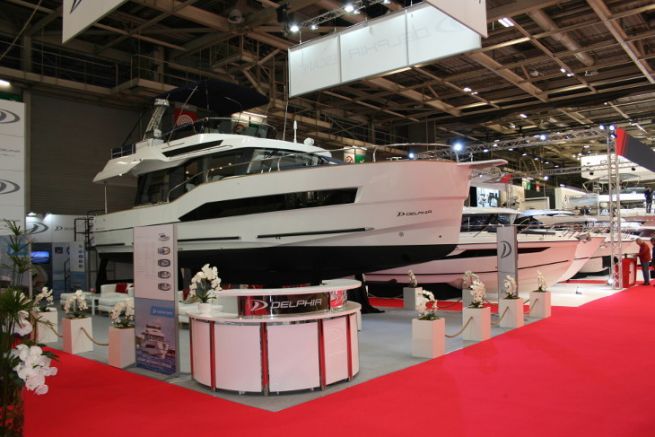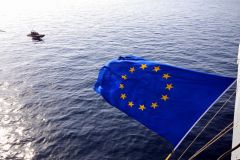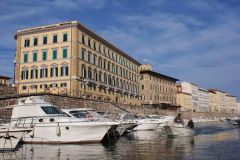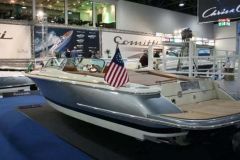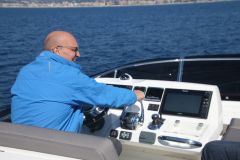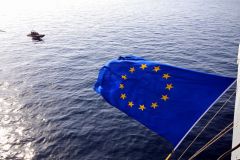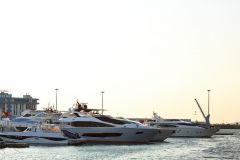A conflict with multiple consequences for the yachting industry
Faced with bombs and dangers to human life, boating and yachting may seem totally futile. That is why we did not want to spread out at first on the lists with rebound of the seizure of such or such superyacht of Russian billionaires in the ports or shipyards Western. This is not the time for buzz.
However, behind our industry are people and jobs, and therefore their livelihoods. The conflict in Ukraine has given many of us the opportunity to discover the place of this country in the boating industry. The production of major RIB manufacturers, based in Kharkiv, is completely stopped, with factories in the heart of the combat zones. As for the manufacturers of large yachts, in Italy or in the Netherlands, the press releases follow one another, with varying tones. If these companies, often listed on the stock exchange, want to be reassuring, the share of orders by Russian tycoons can sometimes be important and without necessarily endangering the companies, the situation could seriously limit their profits after years of golden age.
A European vision of boating
While the Ukrainian war is increasing the cost of transport with soaring fuel prices and the price of composite materials may follow, the nautical industry could take advantage of this opportunity to reflect on its production model.
The choice of production sites closer to consumers would make it possible to remedy certain costs and environmental effects. The latter would also be limited by a diversification of materials, less dependent on oil. Ukraine, like Portugal, is a low-cost production site for some manufacturers, after Poland, which is already almost saturated, but here we see the limits of these models. Let's hope that the Ukrainian conflict will give the opportunity for a reflection of the nautical sector on a European scale on its resilience.
